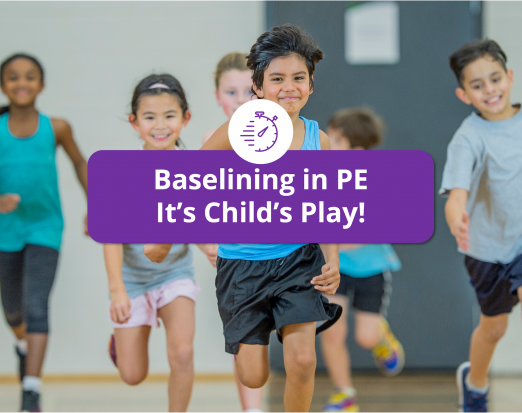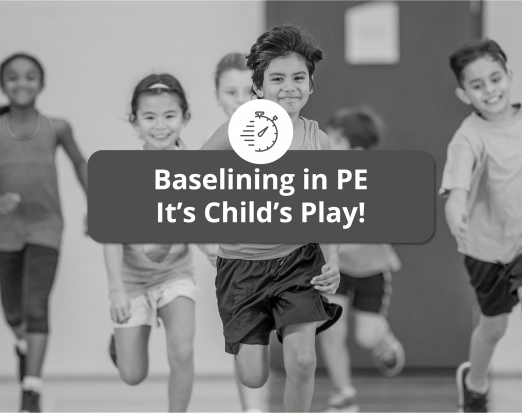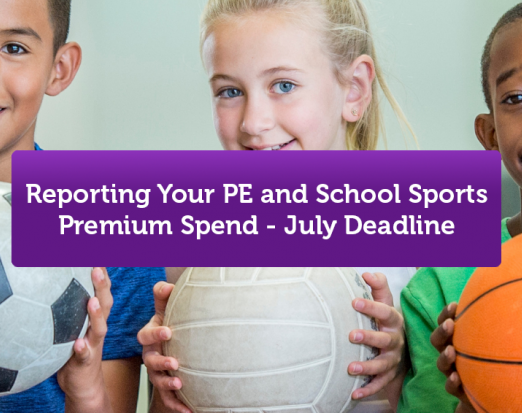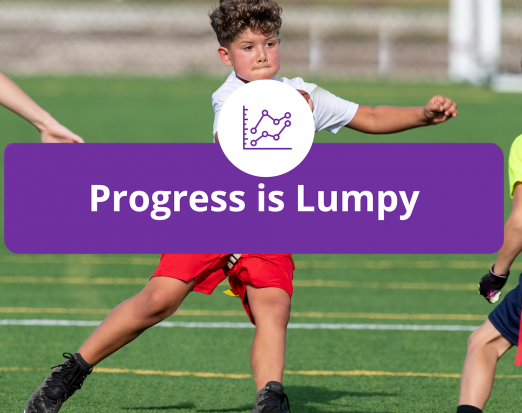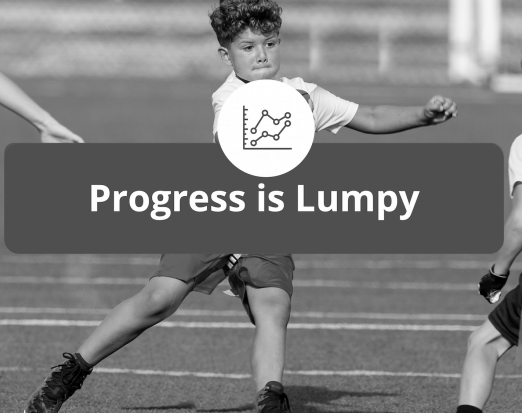10 Benefits of Physical Literacy for Child Growth & Development
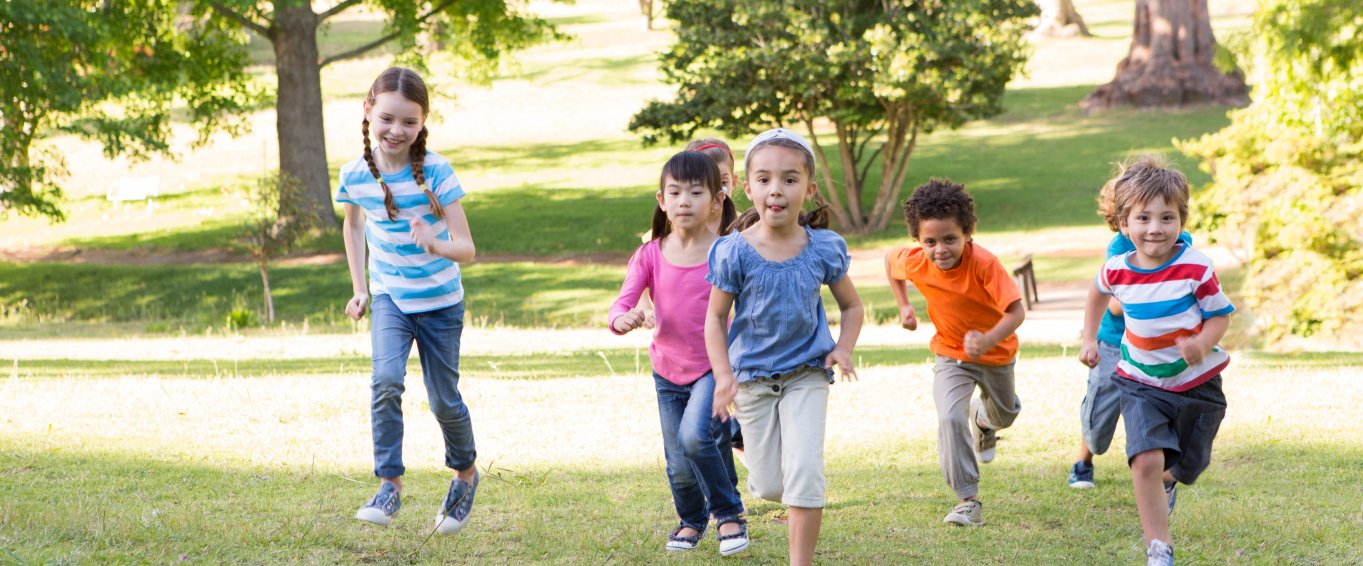
Physical literacy is an essential part of every child’s development.
If children don’t learn to read and write as part of early development, they find it much harder to do so as adults. The same is true of movement skills. If children don't master controlled movement, they grow up to be physically awkward and, often, sedentary adults.
In a previous blog, we explored the principles of physical fitness and why all healthy children should become physically literate before puberty. Physical literacy is the blueprint for an active lifestyle and ensures children have the best shot at a bright future. However, these skills aren't just beneficial in adulthood. Youngsters who are physically literate enjoy many advantages throughout early life too.
Here are just a few reasons why children need to be physically literate:
1. Reduced Risk of Obesity
1 in 4 children leaves primary school obese. You can’t counteract poor nutrition with exercise alone. However, children who are active from a young age have a significantly lower risk of developing weight problems. Childhood obesity can be prevented if kids participate in 30mins of vigorous physical activity, every day. The goal should be to form healthy habits and make exercise a fun and satisfying part of life (10, 2).
2. Spatial Awareness
Children who are physically literate have superior spatial awareness. This allows them to move through environments with confidence. When balance, coordination and agility are developed at an early age, posture, functionality and energy levels continue to improve into adolescence (11).
3. Academic Attainment
Physical activity is shown to have a positive impact on academic attainment. According to a US study, which increased activity levels for a group of children, 14.8% of students demonstrate improved focus after physical activity and 17% report feeling more alert and ready to learn. Multiple studies provide strong evidence to support a link between physical activity and behaviour in school.
At the 2018 Conference for the National Association of Headteachers, educators and policymakers debated proposals to add bursts of exercise to core lessons like english, maths and science. Click here to find out more about this story (8).
4. Improved Confidence
Children who are physically literate have the confidence to explore new challenges and activities. This boldness also affects other areas of life, such as making friends, achieving academically and making decisions for the future (4).
5. Love of Sports
Over the last decade, participation in sports has declined. Children aren’t developing the fundamental movement skills needed to excel at these activities. When youngsters don't feel comfortable playing sports, they are unlikely to develop an interest in participating. If we help children become physically literate at a young age, we can inspire a new generation of kids to develop a love for sports that will positively influence their lives. It also gives more children the chance to develop sports specific skills and, potentially, go on to play at a professional level (1).
6. More Happiness
Increasing numbers of primary school children are suffering from stress and anxiety disorders. According to teachers, this is largely due to the mental and emotional pressures of standardised testing. The BBC says 82% of teachers believe children face tougher pressures now than they did 10 years ago. Physical activity is known to alleviate stress, aid sleep and relaxation and help youngsters cope with anxiety in a constructive, healthy manner (6).
Children who engage in regular physical activity find it easier to make friends and communicate with peers. Team sports such as football, rugby and netball are a great way to boost confidence and show young people the benefits of working together to reach a common goal.
7. Neuromuscular Changes
Through regular physical activity and exposing children to a broad range of environments and activities, this will drive changes in motor skills, especially balance and coordination. These early adaptations, known as neuromuscular, are connections between the nervous and muscles. It's believed that strength and coordination are highly interconnected, and the development of strength-muscular coordination may be a catalyst for other physical capacities and motor skills (9).
8. Coordination and Response Time
Good coordination and fast responses are important for a number of reasons. Children who are physically literate use coordination skills to perform a broad range of activities and move around environments safely. These abilities make it easier to learn to drive, ride a bike, play an instrument or achieve any other number of complex goals (9).
9. A Sense of Freedom and Adventure
How can you tell if a child is physically literate? They enjoy exploring the world around them and are happy to do so independently. They jump, skip, run, twist and roll without difficulty. Physically literate kids are always on the go. They want to play with other children and join in if they see kids playing sports, even if it isn’t an activity they are practised at. This sense of adventure is typical for the physically literate (7).
10. Memory and Cognitive Function
Physical activity has a direct impact on cognitive health and doctors say it can even improve memory recall. According to many studies, exercise stimulates chemicals that affect the function of brain cells, the growth of blood vessels and even the accumulation of grey matter. It is suggested that people who exercise regularly have a greater density of cells and matter in parts of the brain that regulate critical thinking (3).
Can you think of any other positive outcomes of raising a physically literate child? Like us on Facebook or follow us on Twitter to voice your opinion.
Each week, we share interesting news, post informative blogs and chat with schools and parents about the issues facing children today.
References and Further Reading
1. Barnett, L.M., Morgan, P.J., van Beurden, E., & Beard, J.R. (2008). Perceived sports competence mediates the relationships between childhood motor skill proficiency and adolescent physical activity and fitness: a longitudinal assessment. Internal Journal of Behavioural Nutrition and Physical Activity, 5(40), 1 – 12.
2. Basterfield, L., Jones, A.R., Parkinson, K.N., Reilly, J., Pearce, M.S., Reilly, J.J., & Adamson, A.J. (2014). Physical activity, diet, and BMI in children aged 6-8 years: A cross-sectional analysis. British Medical Journal, 4, 1 – 7.
3. Donnelly, J.E., Hillman, C.H., Lee, S., Tomporowski, P., Lambourne, K., & Sazbo-Reed, A.N. (2016). Physical activity, fitness, cognitive function, and academic achievement in children: A systematic review. Medicine and Science in Sports and Exercise, 1197 – 1222.
4. Hardy, L.L., King, L., Farrell, L., Macniven, R., & Howlett, S. (2009). Fundamental movement skills among Australian preschool children. Journal of Science and Medicine in Sport, 471, 1 – 6.
6. https://www.bbc.co.uk/news/education-35940084
7. https://www.earlyyearsresources.co.uk/blog/2016/03/5-benefits-of-outdoor-learning-in-early-years/
8. https://www.independent.co.uk/news/education/education-news/exercise-physical-activity-headteachers-naht-children-obesity-a8336586.html
9. Myer, G.D., Faigenbaum, A.D., Edwards, N.M., Clark, J.F., Best T.M., & Sallis, R.E. (2015). Sixty minutes of what? A developing brain perspective for activating children with an integrative exercise approach. British Journal of Sports Medicine, 0, 1 – 9.
10. Public Health England. (2018). Protecting and Improving the National’s Health. NCMP Local Authority Profile.
11. Roetert, E.P., Kriellaars, D., Ellenbecker, T.S., & Richardson, C. (2017). Preparing students for a physically literate life. Journal of Physical Education, Recreation and Dance, 57 – 62.
Join Our Healthy Schools Programme for FREE!
We want every child to feel healthy, be active and live life to the full! It's why we launched the Amaven Healthy Schools Programme.
It aims to increase physical activity in schools and provide pupils with a deeper understanding of fitness, movement, healthy eating, emotional wellbeing and more. Alongside FREE access to Amaven software, you'll receive:
- Wellness Kickstart Day Hosted by Amaven Coaches
- Onsite and Online CPD for Teachers
- Impact Reports for Evidencing PE Spending
- Exclusive Lesson Plans & Resources
- Personalised Home Activities for Pupils
- Bespoke Health & Wellbeing Strategy
